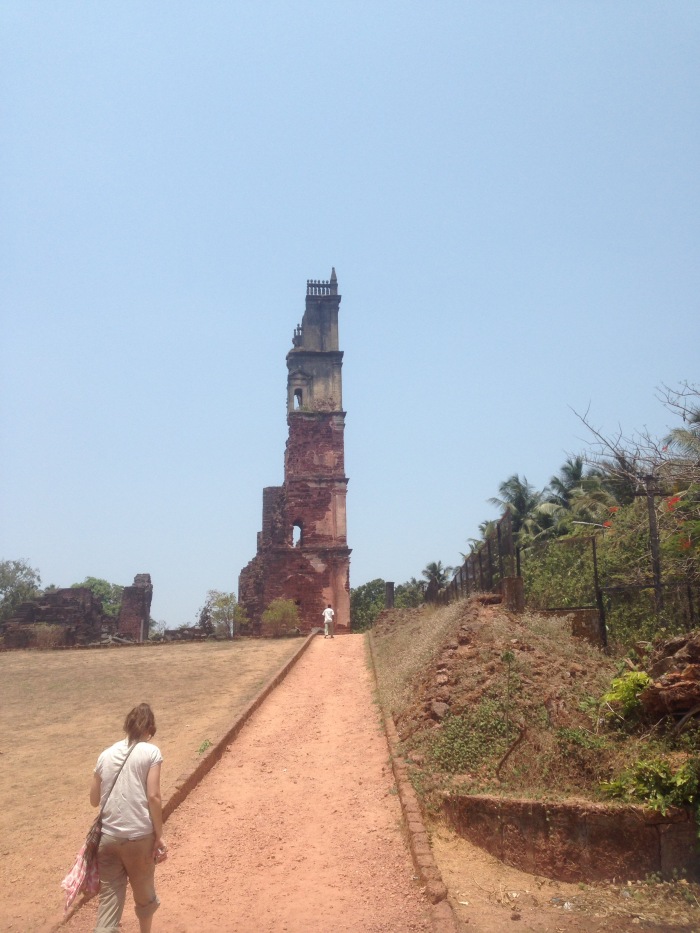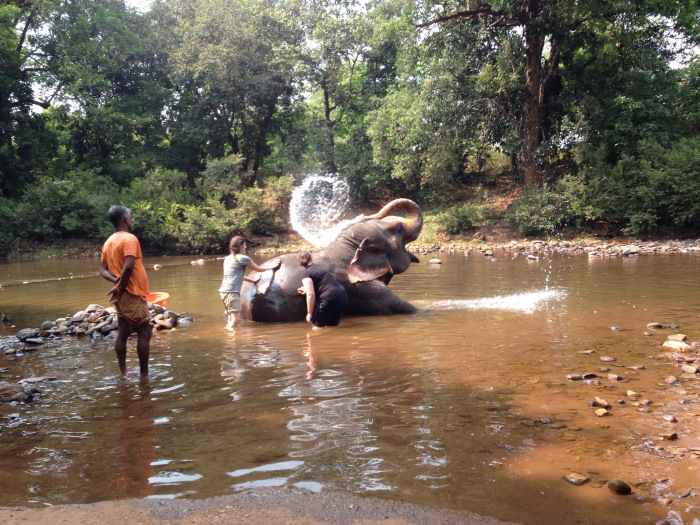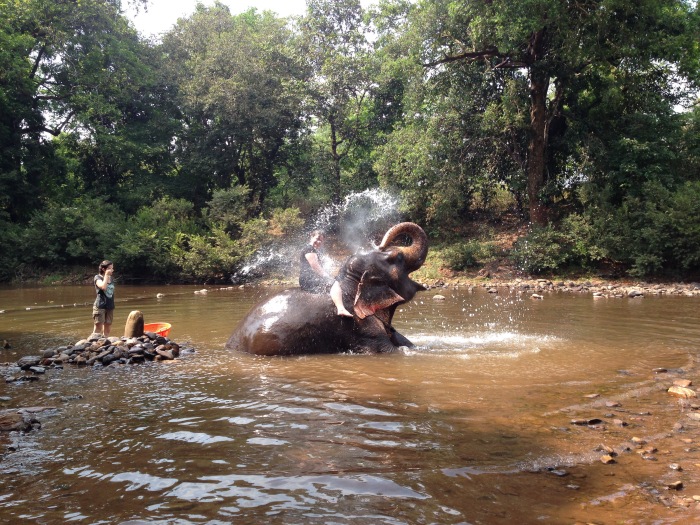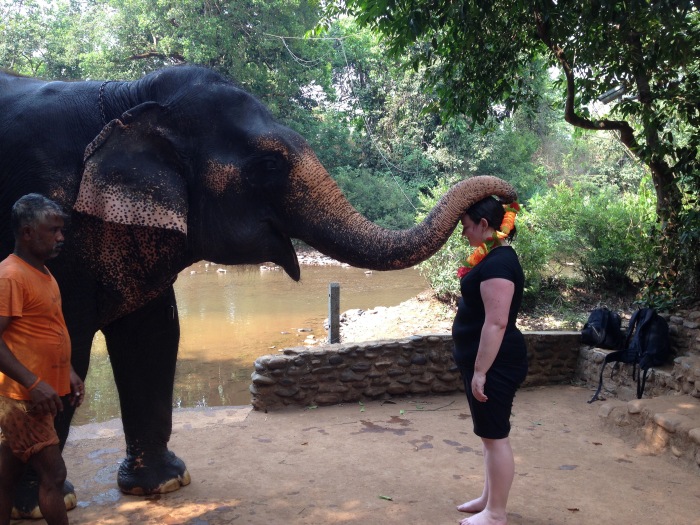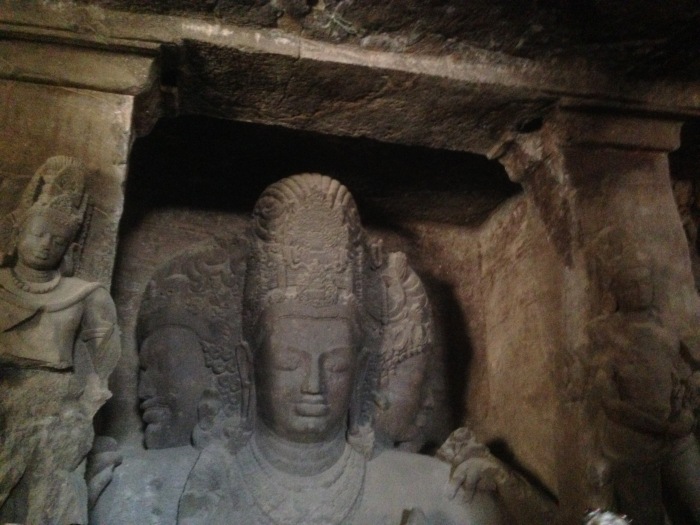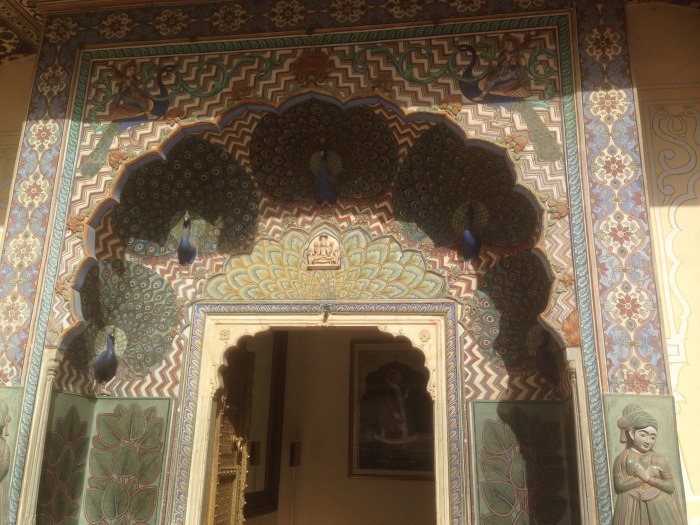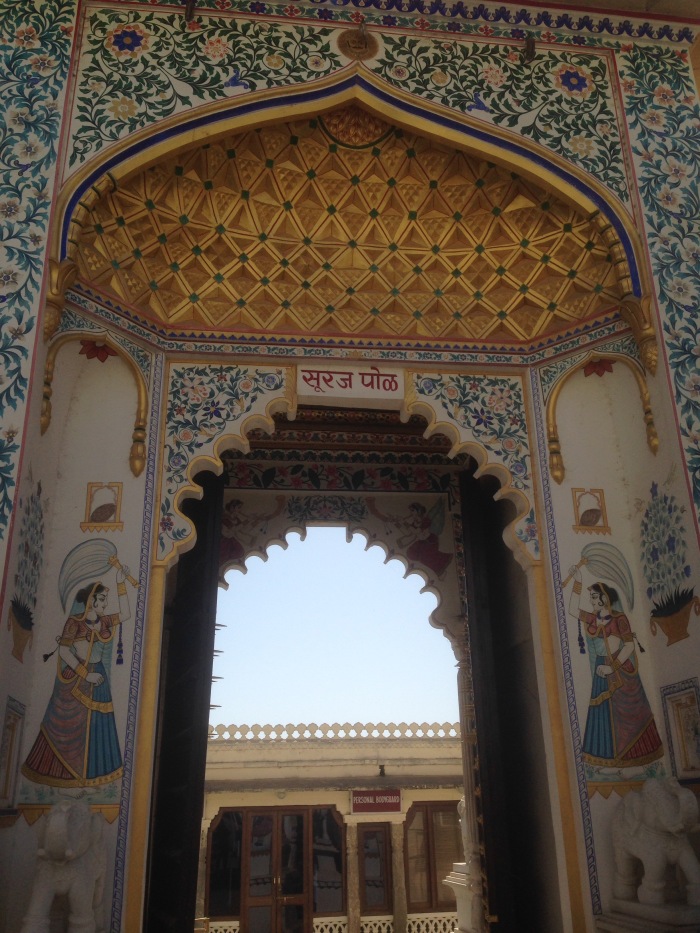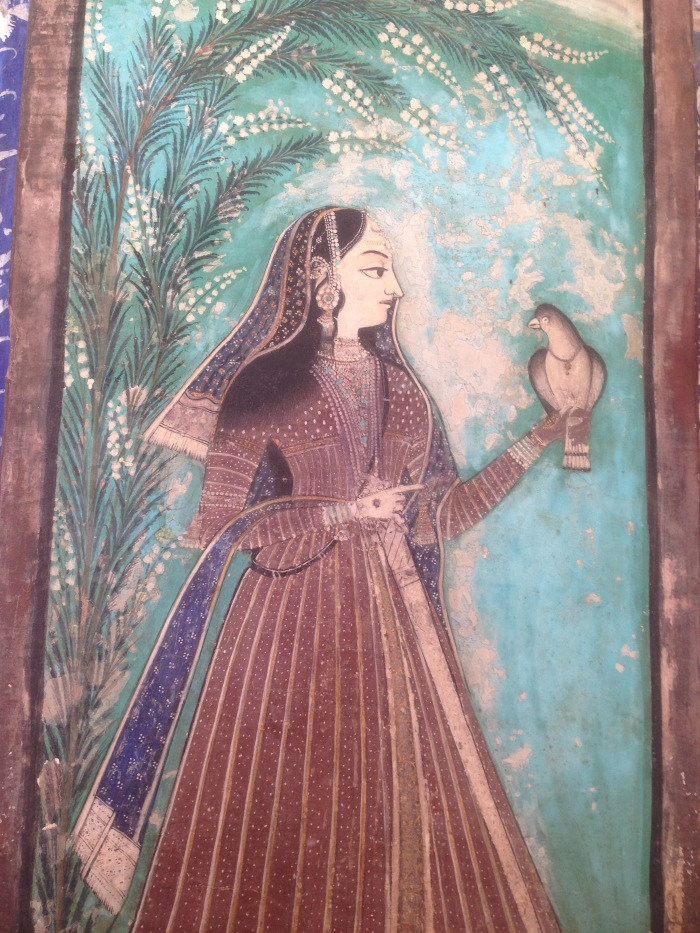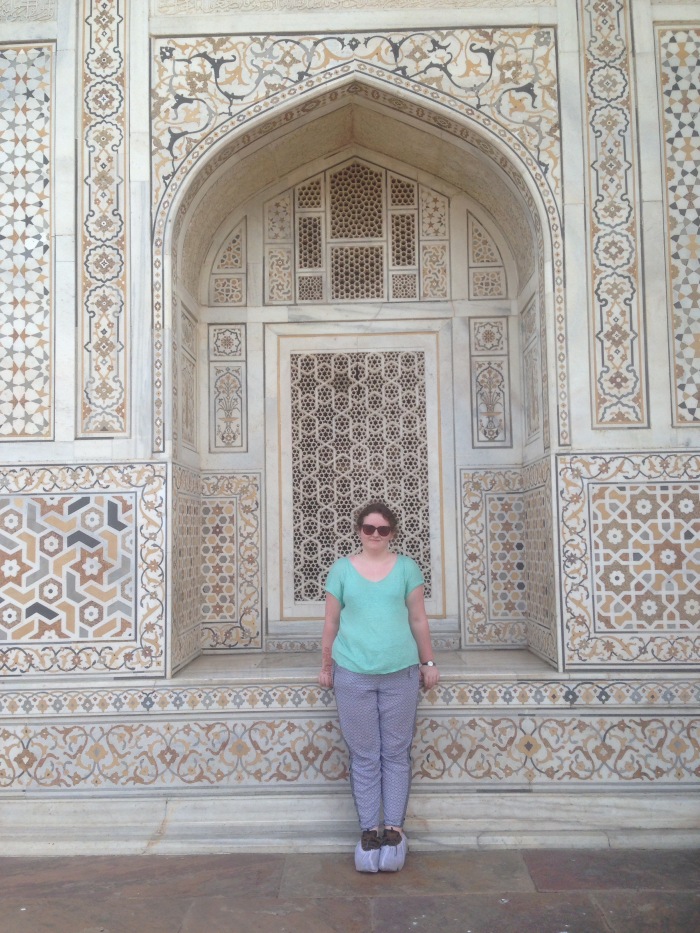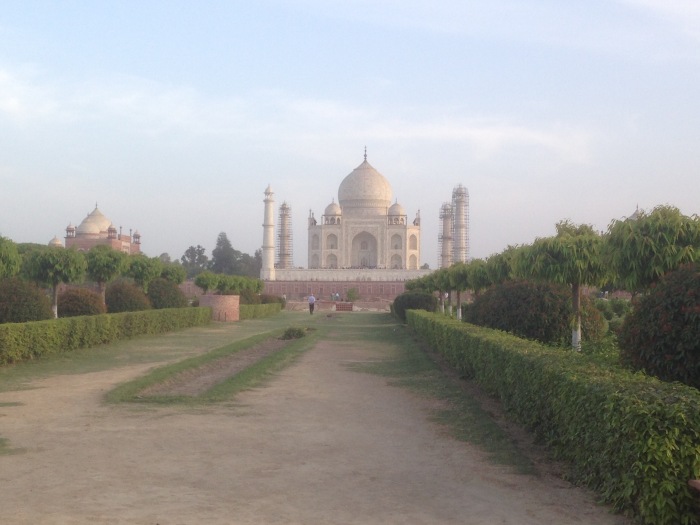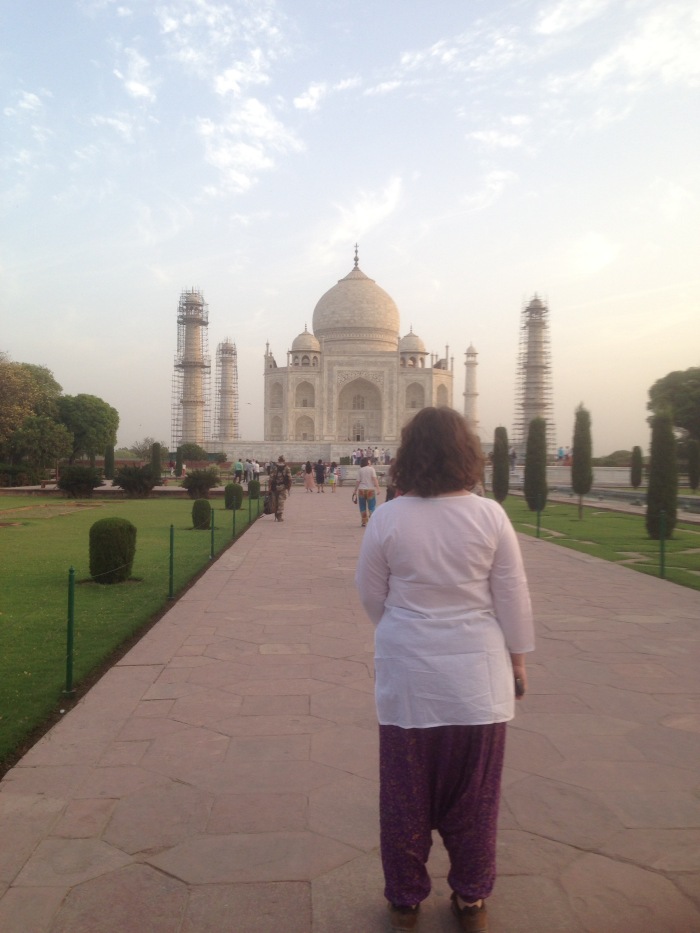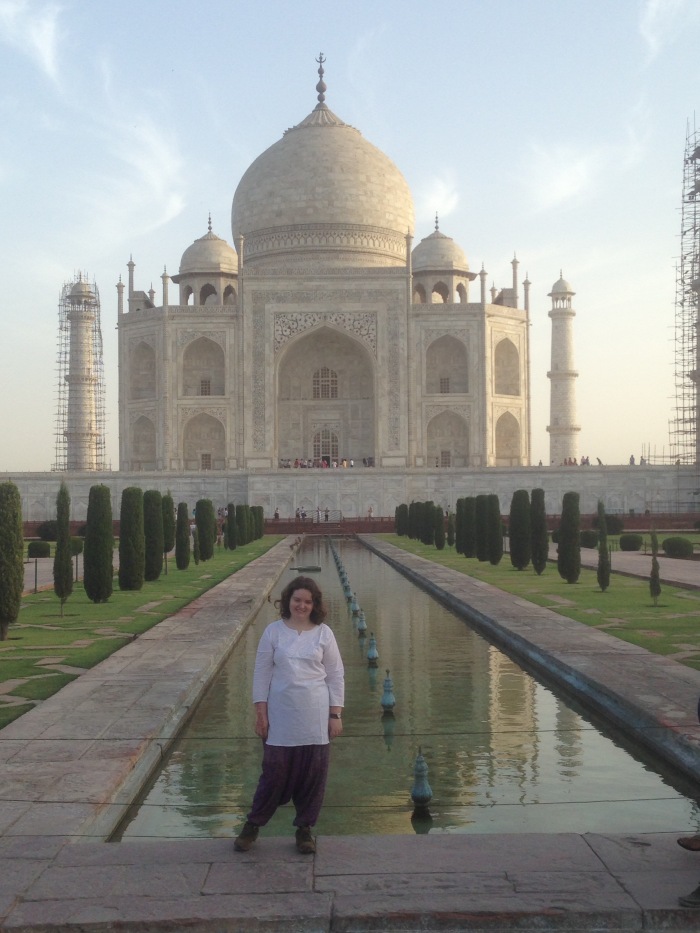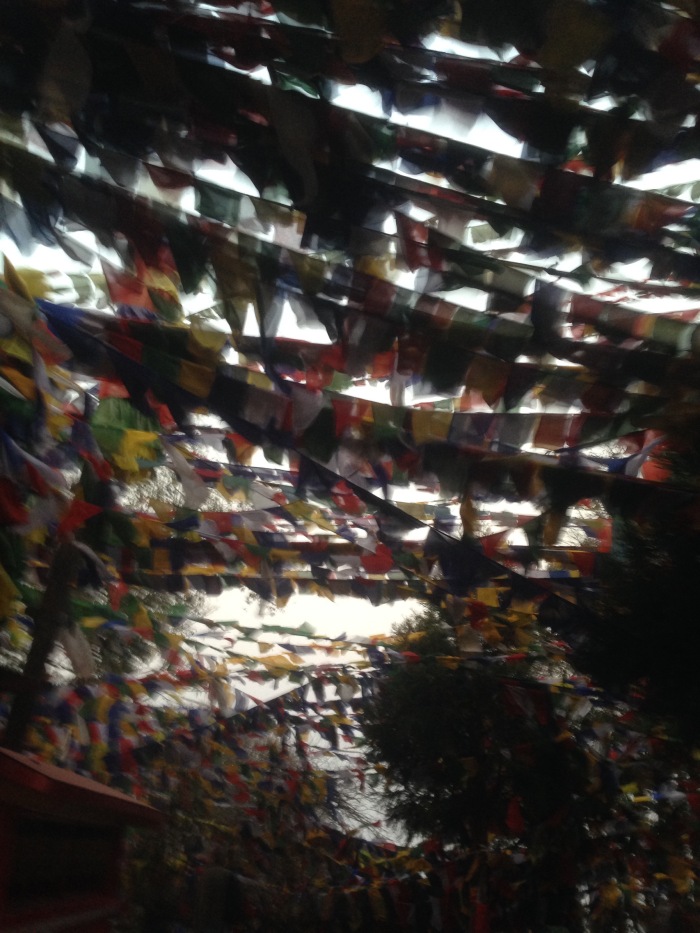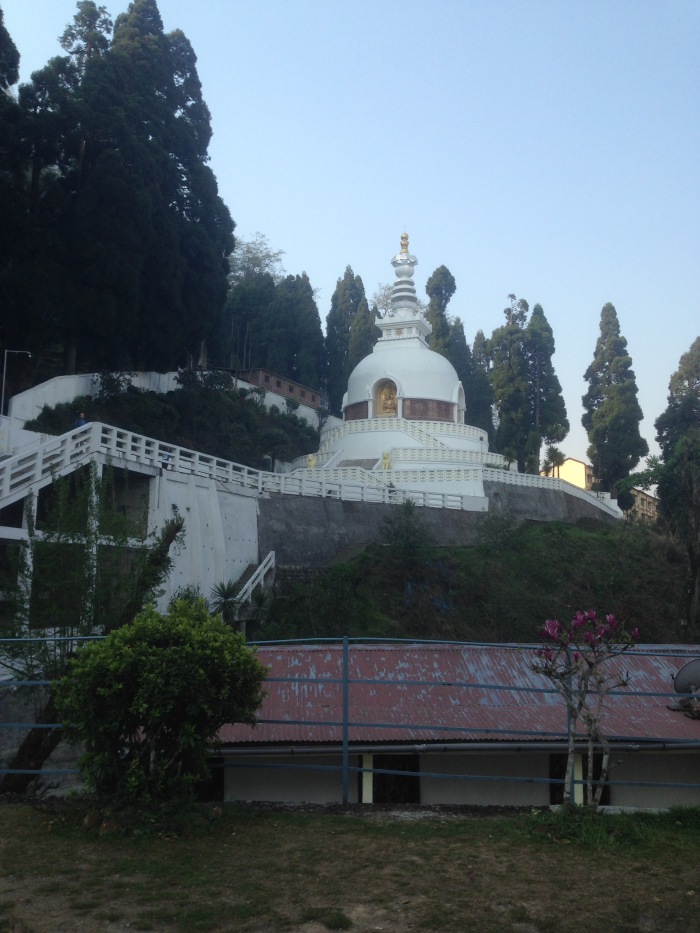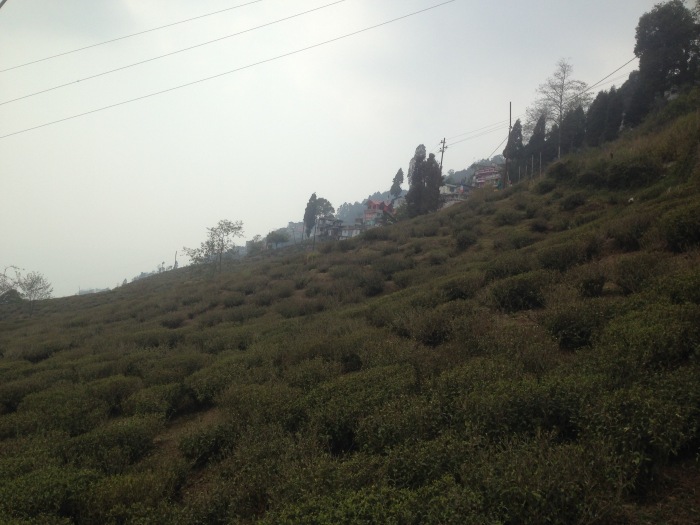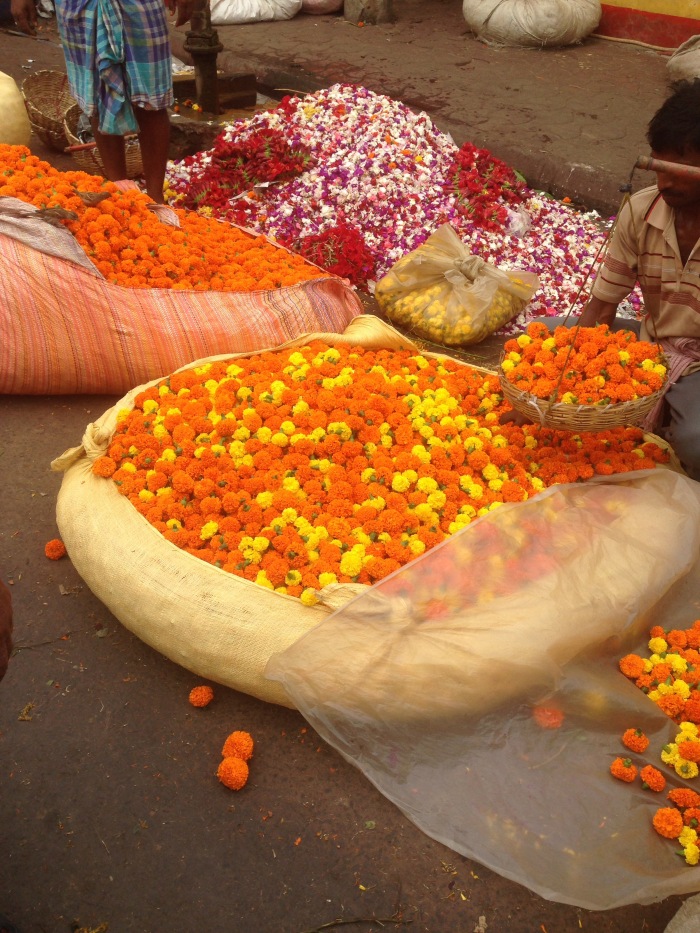Our time in Varanassi began hurtling through the narrow streets in a tuk-tuk. Varanassi is one of the world’s oldest continually inhabited cities. The Old Citg area is a tangle of narrow alleyways that far too many people and animals try to use simultaneously. Walking around a corner you can suddenly be faced by a motorbike driving directly at you, a cow that refuses to move, or in the middle of a funeral procession. Varanassi is a city that takes no prisoners – all of life is on display here.
Our first stop was at the famous Blue Lassi which is meant to serve the best Lassi in Varanassi, if not India. Travellers flock here to taste the many different flavours, meet fellow explorers and see Lassis made the traditional way. My mango and apple one was certainly delicious – served in a clay pot with real chunks of fruit in it.

After the welcome break from the unrelenting heat, we returned to the narrow streets to make our way to the ghats – the steps that line the west bank of the River Ganges. Each ghat has its own particular purpose – from cremation to ceremony to laundry. Life in the city revolves around the river, or Mother Ganga as it is known. We took a boat trip along the river in the evening to see the ceremony performed by Hindu priests in training everyday to honour the river. The ceremony involves fire, fans, incense, bells and trumpets and it was amazing to see from our front row seat floating on the Ganges.
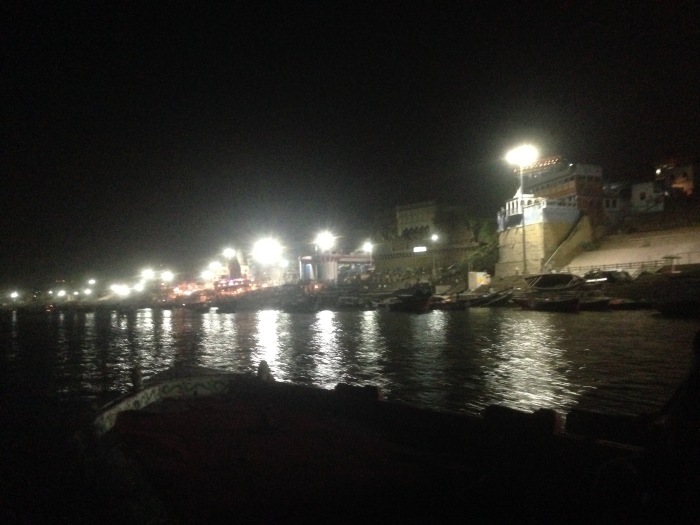
 On the boat trip we also caught our first glimpse of the cremation ghats – cremations take place in the open 24 hours a day in Varanassi. It is believed to be a particularly holy place, especially to die, as if you are cremated and given back to the Mother Ganga, from which all life flows, your soul will break the cycle of reincarnation and reach Nirvana. Hinduism defines Varanassi, it is apart of everyday life here. If you light a candle and place it on the Ganges it is believed your wish will come true. Our guide Aura explained Hinduism to us as a way of life, not a religion as it has no founder. The belief in reincarnation is at the heart of this way of life, as ‘everything is ok in the end. If it is not ok it is not the end.’
On the boat trip we also caught our first glimpse of the cremation ghats – cremations take place in the open 24 hours a day in Varanassi. It is believed to be a particularly holy place, especially to die, as if you are cremated and given back to the Mother Ganga, from which all life flows, your soul will break the cycle of reincarnation and reach Nirvana. Hinduism defines Varanassi, it is apart of everyday life here. If you light a candle and place it on the Ganges it is believed your wish will come true. Our guide Aura explained Hinduism to us as a way of life, not a religion as it has no founder. The belief in reincarnation is at the heart of this way of life, as ‘everything is ok in the end. If it is not ok it is not the end.’

The next morning we were up early to catch another boat on the Ganges to see the sunrise. When we arrived the ghats were already full of life – students at a Hindu school were doing yoga before performing a ceremony to celebrate the rising sun, people were bathing and some had started on the laundry. It was a peaceful, magical time to be on the river as the sun road over the empty east bank. Varanassi is an incredibly intense, beautiful and spiritual city which has completely won me over.



 After the boat ride we sat on the ghats for a while taking in the multitude of activity from head shaving to ceremonies honouring your ancestors. Hannah and I spent the rest of the morning exploring the Old City, including finding a rooftop restaurant with magnificent views of the river and the city (though the 7 flights of stairs were not so fun).
After the boat ride we sat on the ghats for a while taking in the multitude of activity from head shaving to ceremonies honouring your ancestors. Hannah and I spent the rest of the morning exploring the Old City, including finding a rooftop restaurant with magnificent views of the river and the city (though the 7 flights of stairs were not so fun).
 Hannah and I went to a silk factory that afternoon. Varanassi is famous for its silk work and it was great to be shown how they produce such beautiful work. Our guide, a man called Dada showed us every part of the process, from design to automatic and hand operated looms. After the tour we went to their showroom to see the beautiful finished products – the wedding sarees were incredibly intricate and we even saw a scarf they were selling at wholesale price for 20,000 rupees (about £200). We were there so long that the owner even made us chai. It was one of the best thing we have done on the trip so far.
Hannah and I went to a silk factory that afternoon. Varanassi is famous for its silk work and it was great to be shown how they produce such beautiful work. Our guide, a man called Dada showed us every part of the process, from design to automatic and hand operated looms. After the tour we went to their showroom to see the beautiful finished products – the wedding sarees were incredibly intricate and we even saw a scarf they were selling at wholesale price for 20,000 rupees (about £200). We were there so long that the owner even made us chai. It was one of the best thing we have done on the trip so far.
In the evening we went to a local restaurant to have a cooking demonstration – the family who run it are from Darjeeling so we learnt how to make momos (Nepalese dumplings) and thukpar (Tibetan noodle soup). The family were very patient with our attempts at shaping the momos and all the food was delicious – definitely recipes to try at home.
After Varanassi we headed to Lucknow – unusual in India as it has about a 50/50 Muslim/Hindu population. Our fist stop was the old British residency where local people, local soldiers and British soldiers and civilians were under siege for 5 months during the First Indian War of Independence (or mutiny depending on your country) of 1857. Of the 3000 people originally trapped in the residency, over 2000 died. Bullet holes and marks from cannon fire litter the walls, but many also died from diseases caused by the terrible conditions. The residency has been left in ruins ever since as a memorial to those who died and a reminder of the Indian struggle for independence.
Our next stop was the Bara Imambara – built to honour the martyr Hussein who was killed at Karbala. There is a Shia mosque, a huge central hall, one of the world’s largest vaulted galleries and a labyrinth of corridors inside its upper floors – the Bhulbhulaiya. This network of dark narrow passages eventually leads out to rooftop galleries form which you can see the whole city.


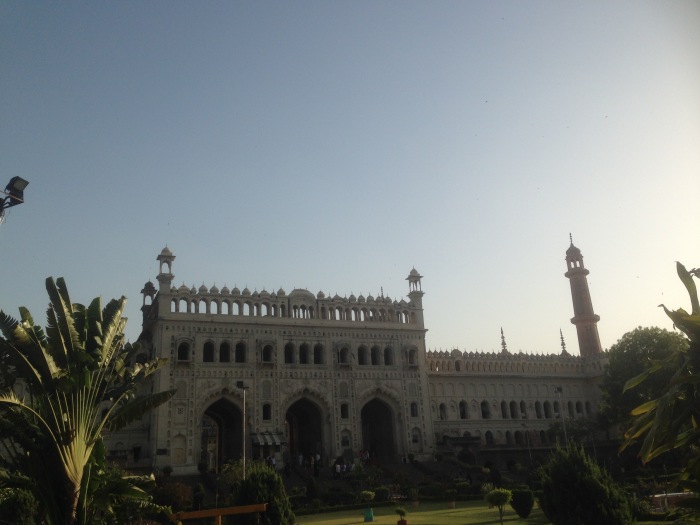
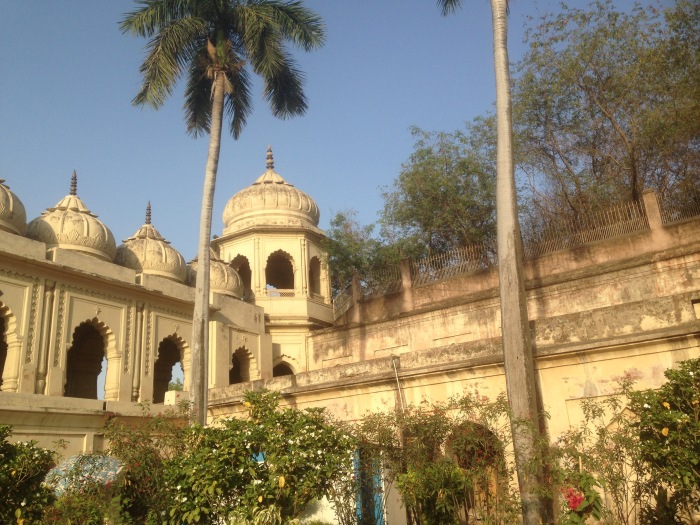 Tomorrow we head for Delhi and the next phase of our tour – from Delhi to Goa begins.
Tomorrow we head for Delhi and the next phase of our tour – from Delhi to Goa begins.


